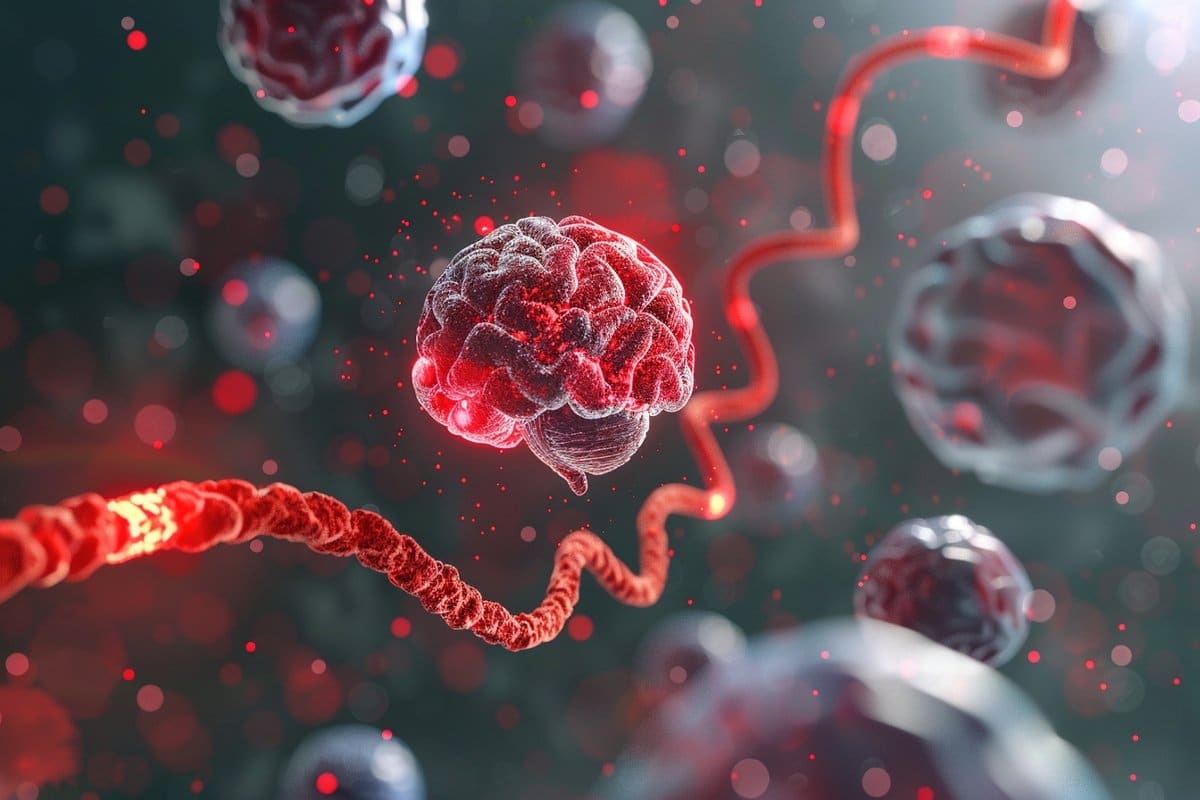Esther Hollander struggled with her weight her whole life. Little did she know she had a condition that prevented diet and exercise from helping her lose weight.
Hollander, 47, has lipedema, a connective tissue disease where abnormal fat builds up in the lower extremities – butt, thighs, calves, according to Cleveland Clinic. It affects 1 in 72,000 people according to research estimates (mostly in women) though because it can present like obesity, it’s likely under-diagnosed. It can start at different times, though typically at puberty.
“Growing up, weight was very much tied to my self-esteem,” Hollander says. “I spent my whole life battling my weight with the hopes that being a smaller person, a thinner person was going to somehow make me a better person and a more successful person.”
Hollander’s story speaks to the importance of advocating for yourself in a health care system that discriminates against many, including fat people, and how it can wreck your mental health. (Hello, have you seen all the Ozempic chatter?!) Plus society makes women feel they need to look a certain way to get further along in this world.
“It’s really challenging being a larger woman in a society that really engages a lot at fat shaming,” she says. “There’s a tremendous amount of weight stigma in the medical community. That is just flat-out a barrier to us getting treatment.”
‘I would gain it all back and more’
Hollander’s weight fluctuated over time as she tried fad diet after fad diet from her teenage-hood to her mid-to-late 30s. She had (and still has) binge eating disorder.
“I would lose a ton of weight and something would snap inside of me and then I would gain it all back and more,” she says. Most of her adult life she’s been more than 300 pounds, but at times she’d lose half of that only to gain it all back.
Hollander later sought to take control of her health and become a personal trainer, accepting her body could be a larger but still healthy. However, about three years ago – unaware she had lipedema – she noticed a rapid growth of fat in her lower body.
‘You could feel little nodules and grains under the skin’
Her legs started changing shape. Bumps formed. “You could feel little nodules and grains under the skin,” she says. “There were lobules behind my knees.” The shift coincided with the start of the pandemic where access to medical care grew limited.
Hollander’s legs felt heavy and weak, her joints sore. “It’s kind of like walking around with iron bars or ricks in your legs,” she adds. Her loss of mobility frightened her – not to mention the weight shame she already endured.
“To lose your mobility, it sucks,” she says. “It’s not fun. And then you’re dealing with feeling really cruddy and people looking at you just being like, ‘you should lose some weight.'”
It took several doctors to realize it wasn’t related to her obesity. The stigmatization was real and affected her psyche. “I was without validation and very furious and in a tremendous amount of physical pain at the same time,” she says. It grew difficult to do her job and be the mother and wife she wanted to be.
A doctor finally told her it was lipedema, and she could put a name to the illness ruining her life.
In retrospect, her mother and grandmother likely had it too though she’ll never know definitively (the disease can run in families).
What is collagen? And what you should know about how to increase it.
‘It’s not your fault’
The condition makes it tricky to lose weight as it is resistant to traditional diet and exercise. Conservative treatments include compression stockings and skin moisturizer, in addition to lymphatic drainage massage. Surgical intervention is a more invasive treatment but one that Dr. Jaime Schwartz of Total Lipedema Care swears by and Hollander took advantage of. It helped restore her mobility, relieved much of her pain and renewed her energy. A physical treatment, yes, but one that can boost mental health, too.
Schwartz takes out all the tissue through a technique called manual lipedema extraction; he says he often operates on people who previously treated their lipedema through typical liposuction.
The disease is characteized by intense inflammation. Imagine you have a pimple or cyst on your cheek for five or 10 years, Schwartz says. It would be pretty red and would hurt, but also because everything’s inflamed, everything kind of hurts.
“Because it’s such a bad inflammation, it sends chemical signals to your brain also to say like, ‘you’re sick,'” Schwartz adds.
People fall frequently and bruise easily; the pain associated with walking is a big reason for treatment.
Hollander hopes medical professionals take making this diagnosis seriously. “It just makes it so much more difficult when you walk into a doctor’s office and the assumption is ‘go home and lose the weight, you’re fat, it’s your obesity,’ and they don’t want to even go any further,” she says. It’s “a real medical condition. And if you have it, it’s not your fault.”
Hmm: Collagen powder is popular, but does it work?

Rachel Carter is a health and wellness expert dedicated to helping readers lead healthier lives. With a background in nutrition, she offers evidence-based advice on fitness, nutrition, and mental well-being.







